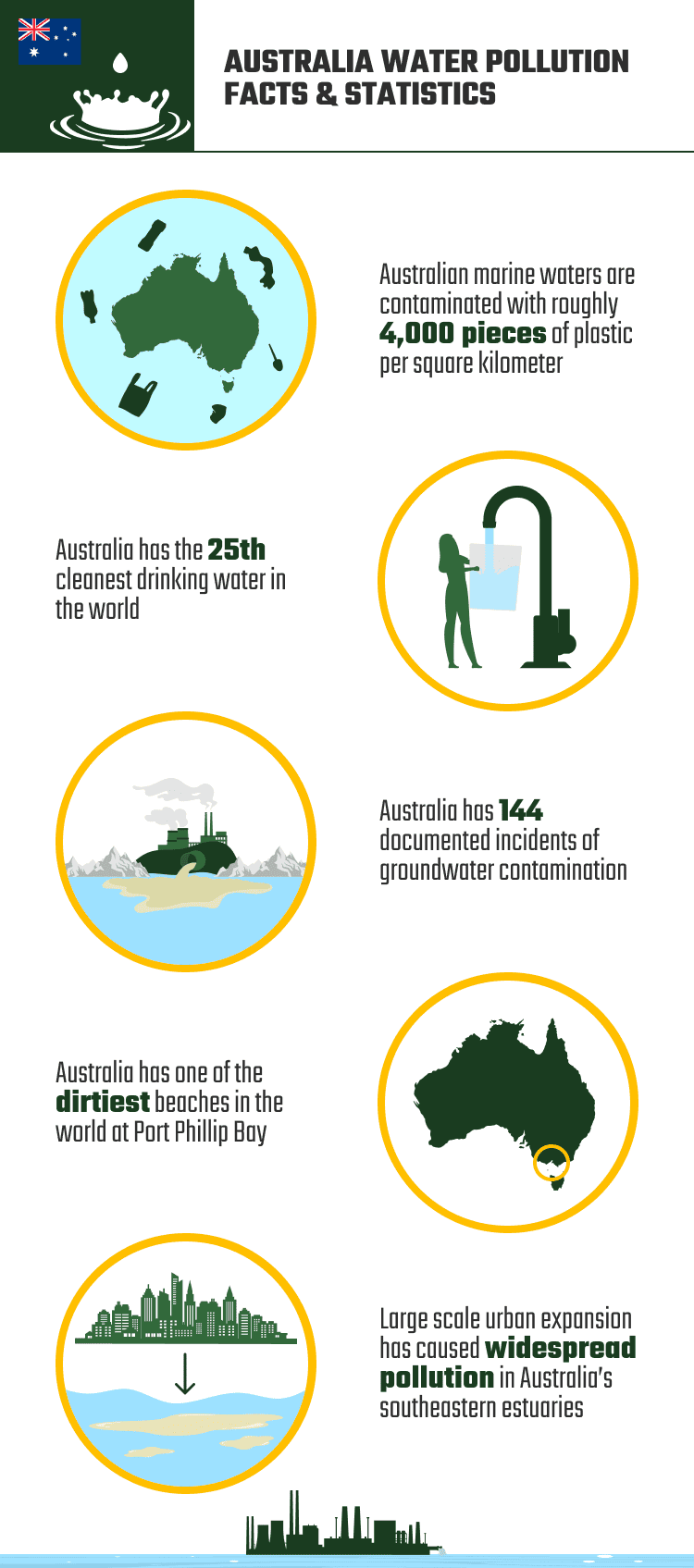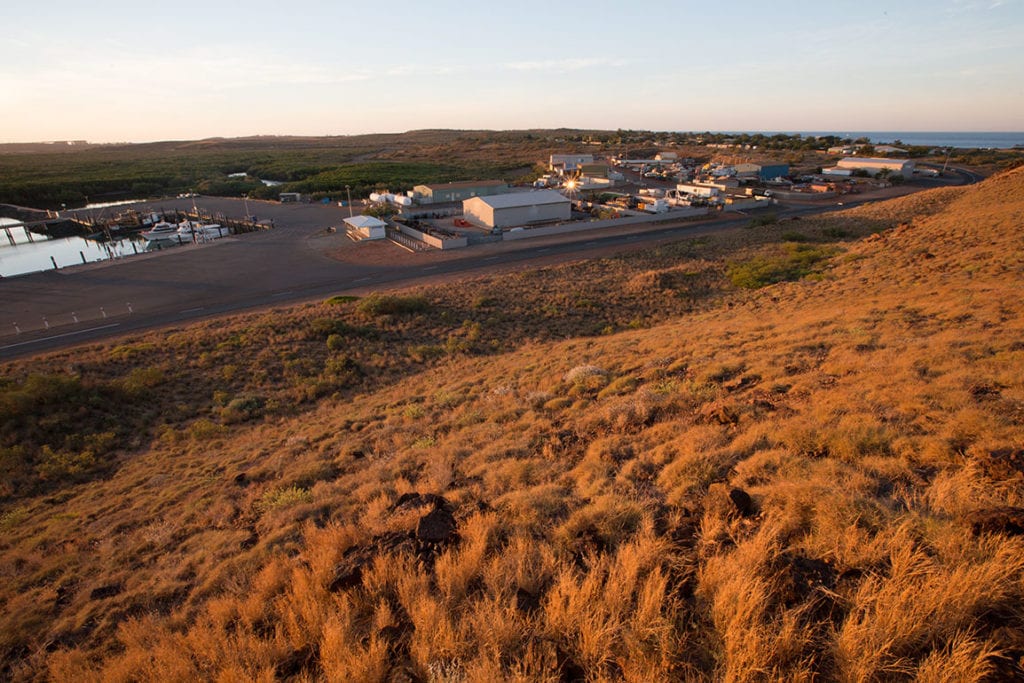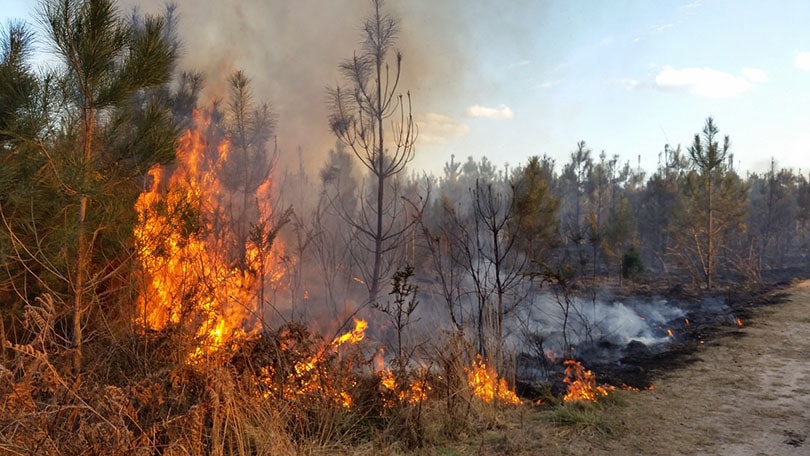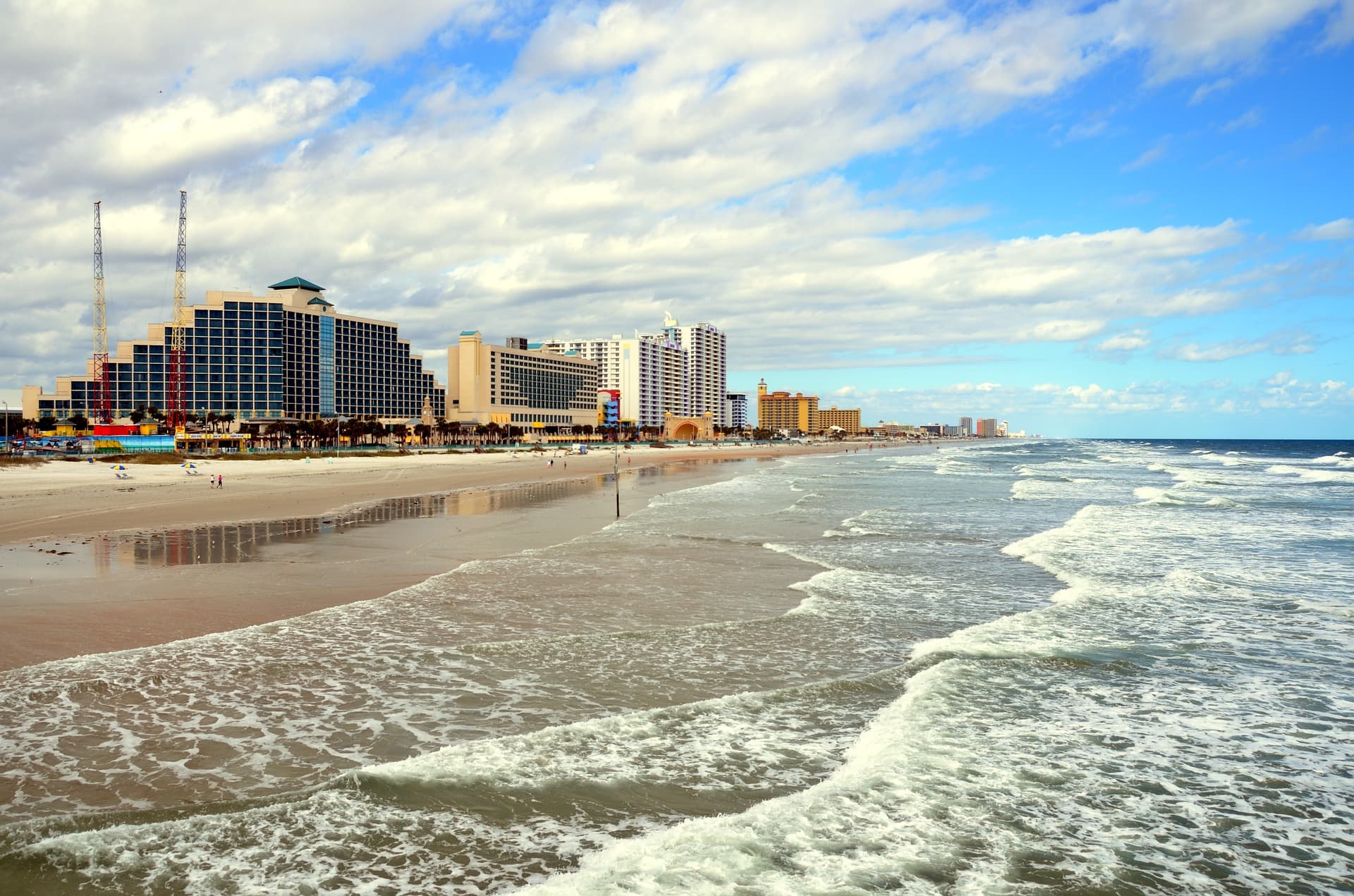16 Water Pollution Facts and Statistics in Australia: 2025 Update
-
Pete Ortiz
- Last updated:

Note: This article’s statistics come from third-party sources and do not represent the opinions of this website.
Australia is the sixth largest country in the world in terms of area. They have a wide variety of different environments and ecosystems, including rivers, oceans, lakes, mountains, and deserts. These diverse areas are all connected by the water cycle. The unpopulated arid centers of Australia are connected to the densely urban centers on the coasts, which are, in turn, connected to the oceans themselves. What does all of that mean for Australia’s water pollution? Australia has a good track record when it comes to water pollution but not a perfect one.
Here are sixteen facts and statistics about Australia’s water pollution updated for this year.
 The 16 Water Pollution Facts and Statistics for Australia
The 16 Water Pollution Facts and Statistics for Australia
- Australia manages a marine ecosystem that extends over 13 million square kilometers.
- Australia manages the third largest marine ecosystem in the world, and 85% of Australians live within 100 km of a marine environment.
- Australia has one of the cleanest beaches in the world at Fraser Island Beach.
- Australia also has one of the dirtiest beaches in the world at Port Phillip Bay.
- Australian marine waters are contaminated with roughly 4,000 pieces of plastic per square kilometer.
- Large scale urban expansion has caused widespread pollution in Australia’s southeastern estuaries.
- Marine habitat alteration includes the death of kelp forests, bleaching of coral ecosystems, and increased rates of mortality among the local wildlife.
- The Australian Department of Climate Change, Energy, Environment and Water is working on serious pollution issues such as ballast water, toxic antifoulants, introduced marine pests, pollution from shipping operations, and marine debris.
- Australia has the 25th cleanest drinking water in the world.
- Australia has 144 documented incidents of groundwater contamination
- Australia is very dry, and many inland communities rely heavily on groundwater for drinking water and agricultural water.
- Contaminated water can lead to health issues for citizens.
- Large bushfires can cause groundwater pollution by causing effusive runoff in dry areas.
- Flooding can also contaminate groundwater by washing large amounts of toxins and chemicals into the aquifer.
- Contaminated groundwater can have severe economic impacts, including increased healthcare costs and decreases in agricultural productivity.
- Contaminated groundwater can also damage local ecosystems with polluted runoff and mixing.

Australia General Marine Facts
1. Australia manages a marine ecosystem that extends over 13 million square kilometers.
(Earth Reminder)
Australia is a country that doubles as a continent. Australia is entirely surrounded by ocean water, and it is responsible for managing this massive coastline. The shoreline, coastline, islands, and offshore waters all fall under the responsibility of the Australian government to manage and observe. Australia has the seventh longest coastline in the world.

2. Australia manages the third largest marine ecosystem in the world, and 85% of Australians live within 100 km of a marine environment.
(Earth Reminder)
Australia’s massive coastline creates the third largest marine ecosystem in the world that is managed by a single country. The size of this marine ecosystem is important because the vast majority of Australians live near the coast. The dry interior of the country is largely unpopulated compared to the coasts. That means that millions of Australians are directly affected by the health of the oceans under Australia’s care.
3. Australia has one of the cleanest beaches in the world at Fraser Island Beach.
(The Travel)
Australia’s coastline is home to one of the cleanest beaches in the world at Fraser Island. Fraser Island is located in northeastern Australia and represents Australia’s water quality at its best. The beaches are immaculate, and the freshwater sources on the island feature some of the cleanest water on Earth. Fraser Island is an example of what Australia is striving to achieve with all of its water sources.

4. Australia also has one of the dirtiest beaches in the world at Port Phillip Bay.
(The Travel)
Unfortunately, Australia is also home to one of the dirtiest beaches in the world. The beaches around Port Phillip Bay are particularly vulnerable to pollution. The bay is large, enclosed, and shallow. Those features make it easy for bacteria and pollution to build up and infect nearby beaches. Port Phillip Bay is influenced by pollution from the nearby city of Melbourne.
 Australia Marine Pollution Statistics
Australia Marine Pollution Statistics
5. Australian marine waters are contaminated with roughly 4,000 pieces of plastic per square kilometer.
(The Conversation)
A recent study examined the particulate matter collected while trawling the surface of Australia’s ocean water and found an abundance of small plastic pieces. Many of the plastic particles were 5 mm or less in diameter. That makes them extremely small. These small pieces of plastic can settle on marine wildlife on the ocean floor, like coral and kelp. It can also be ingested by wildlife causing ill health effects. These plastics are a result of land-based pollution along with economic marine activities like shipping and fishing.

6. Large scale urban expansion has caused widespread pollution in Australia’s southeastern estuaries.
(Frontiers)
One problem spot for Australia’s water pollution has been its southeastern estuaries. These estuaries include mangrove patches, coastal streams, and shallow offshore waters. These estuaries have been degrading in quality over the past few years. Researchers have highlighted the recent population growth and expansion in the region as one of the main culprits of the rise in estuary pollution. Construction and home waste can cause contaminated runoff to infect the shallow estuary waters.
7. Marine habitat alteration includes the death of kelp forests, bleaching of coral ecosystems, and increased rates of mortality among the local wildlife.
(Earth Reminder)
The increased pollution in these estuaries and other offshore habitats has caused severe alterations to the natural environment. As pollution increases, it causes the health of the ecosystem to diminish. Pollution kills kelp, small mammals, fish, and coral. As these living things die prematurely, it affects the cycle of life that has naturally been occurring in these areas for thousands, if not millions, of years. This can cause a negative feedback loop that can tank the health of an ecosystem for years and can cause irreparable damage.

8. The Australian Department of Climate Change, Energy, Environment, and Water is working on serious pollution issues such as ballast water, toxic antifoulants, introduced marine pests, pollution from shipping operations, and marine debris.
(The Australian Department of Climate Change, Energy, Environment)
In order to tackle these problems, the Australian Department of Climate Change, Energy, Environment, and Water is working with multiple international agencies to decrease rates of marine pollution. Some of the things they’re working on decreasing include antifoulants which are chemicals used to clean the bottom of boats and ships. They are attempting to reduce the rate of invasive marine pests invading local ecosystems and increasing the mortality rate of native species. They are also working on tackling marine debris, like the microplastics that have been found in Australia’s waters.
 Australia Groundwater Pollution Statistics
Australia Groundwater Pollution Statistics
9. Australia has the 25th best water quality in the world.
(World Population Review)
Australia has the 25th highest water quality in the world. That puts it in the 88th percentile worldwide for quality drinking water. Australia ranks ahead of countries like the United States, New Zealand, and Portugal. Australia trails countries like Canada, Belgium, and the United Kingdom in terms of overall water quality.

10. Australia has 144 documented incidents of groundwater contamination incidents.
(Groundwater pollution in Australian regional aquifers)
Australia has had its fair share of groundwater contamination incidents. These incidents have had stark local effects, but the larger incidents have contaminated entire regions. Groundwater contamination largely comes from agricultural runoff and industrial waste. Australia has a large mining economy, and mining causes a lot of groundwater pollution due to heavy metal runoff.
11. Australia is very dry, and many inland communities rely heavily on groundwater for drinking water and agricultural water.
(Department of Health and Aged Care)
Certain regions of Australia, especially arid and inland regions, are particularly vulnerable to groundwater pollution. Since Australia is so dry, many communities rely heavily on groundwater for their needs. Many rural Australians tap into the aquifer for drinking water, livestock water, and crop water. That makes all of these things vulnerable to polluted groundwater.

12. Contaminated water can lead to health issues for citizens, including (but not limited to) cancer, intestinal issues, and cardiovascular problems.
(Department of Health and Aged Care)
The effects of contaminated groundwater can be severe. Prolonged exposure to dirty or contaminated drinking water can lead to cancer, gut problems, and heart issues. That means that the health of many Australians is directly linked to the health of their drinking water. That makes drinking water health and safety extremely important for the population and the economy.
13. Large bushfires can cause groundwater pollution by causing effusive runoff in dry areas.
(Department of Health and Aged Care)
Brush fires are causing an increase in groundwater contamination. Brush fires cause large streams of muddy soot to flow into the aquifer. These streams can contain dead animals, chemicals from the local soil, and increased amounts of particulate matter. All of that will eventually make its way into the groundwater after a fire. Brush fires are also becoming larger and more frequent, according to the Australian government.

14. Flooding can also contaminate groundwater by washing large amounts of toxins and chemicals into the aquifer.
(Department of Health and Aged Care)
Flooding is also causing an increase in groundwater contamination. Like brushfires, flooding causes large amounts of runoff that pick up toxins and pollutants. Flooding in urban areas causes higher rates of pollution than flooding in rural areas. Flooding can take waste, garbage, oil, and chemicals from roadways and carry them into the groundwater system. Australia has been racked by serious flooding in 2022, and this flooding is causing an increased rate of groundwater pollution. The final severity and damage from the 2022 floods in Australia have yet to be determined since it is an ongoing event.
15. Contaminated groundwater can have severe economic impacts, including increased healthcare costs and decreases in agricultural productivity.
(Geosciences Australia)
These increased rates of groundwater pollution can have a large economic effect on the local population. Dirty groundwater can lead to dirty drinking water, which can lead to adverse health effects. Poor health puts a larger strain on hospitals, insurance companies, and worker productivity. Contaminated groundwater can also affect agricultural areas as dirty water hinders plant growth and can sicken livestock. All of that adds up to money taken out of the economy.

16. Contaminated groundwater can also damage local ecosystems with polluted runoff and mixing.
(Geosciences Australia)
Unfortunately, groundwater runoff can also hurt local water sources. Dirty groundwater ends up in rivers, streams, and lakes. That water can then flow to the sea and contaminate shallow estuaries, like the ones ailing in southeastern Australia. The pollutants in groundwater runoff will then start to affect other freshwater sources over time if the problem is not addressed.
 Frequently Asked Questions
Frequently Asked Questions
Does Australia Have Clean Water?
Australia does have relatively clean water. Australia has the 25th cleanest drinking water in the world, which is in the 88th percentile. However, Australia does have room for improvement. In terms of overall water quality, Australia has some problem spots, like any developed nation, but the water is safe to drink, and they do not have any ongoing health emergencies connected to poor drinking water. Australia is suffering from increased groundwater contamination from recent natural disasters and estuary degradation due to increased urban development.
Is Australia a Major Ocean Polluter?
No. Australia is not a major source of ocean pollution. Many nations to Australia’s north, including India, China, and Indonesia, are some of the world’s worst ocean polluters. The plastics being put into the oceans to Australia’s north break down and are carried to other parts of the world on ocean currents. That pollution affects Australia’s waters, but Australia is not the main culprit of ocean plastic contamination, especially nearby ocean plastic contamination.
This passive ocean pollution from nearby nations is one of the reasons that Australia’s government is working diligently with international agencies to try and curb local and international ocean pollution.

Is Water Pollution in Australia Going to Get Better or Worse in the Near Future?
The outlook on Australia’s water pollution is mixed. On the one hand, there are determined efforts underway by the government to study and curb current water pollution in and around Australia. On the other hand, Australia is suffering from increased rates of flooding and brush fires. According to the Australian government, these increases are due to the effects of climate change, and those are not going to decrease in the near future. If Australia continues to be subjected to large-scale cyclical flooding and large brush fires, it will struggle to get a hold of the groundwater pollution issues.
It is impossible to stop or prevent massive flooding or brush fires, so Australia’s hands are tied in those respects. Instead, they will have to work on understanding and mitigating the effects of these natural disasters on their groundwater supply and adapt accordingly.
 Conclusion
Conclusion
Australia has a good track record when it comes to water pollution but not a great one. It has room to improve the quality of its drinking water. It also continues to battle ocean pollution coming in from other major world polluters that are infecting its massive marine ecosystem. But Australia is aware of the issues they are facing and are taking steps to study and mitigate the problems to the best of its ability.
Featured Image Credit: Belovodchenko Anton, Shutterstock
Contents

 The 16 Water Pollution Facts and Statistics for Australia
The 16 Water Pollution Facts and Statistics for Australia
 Australia Marine Pollution Statistics
Australia Marine Pollution Statistics